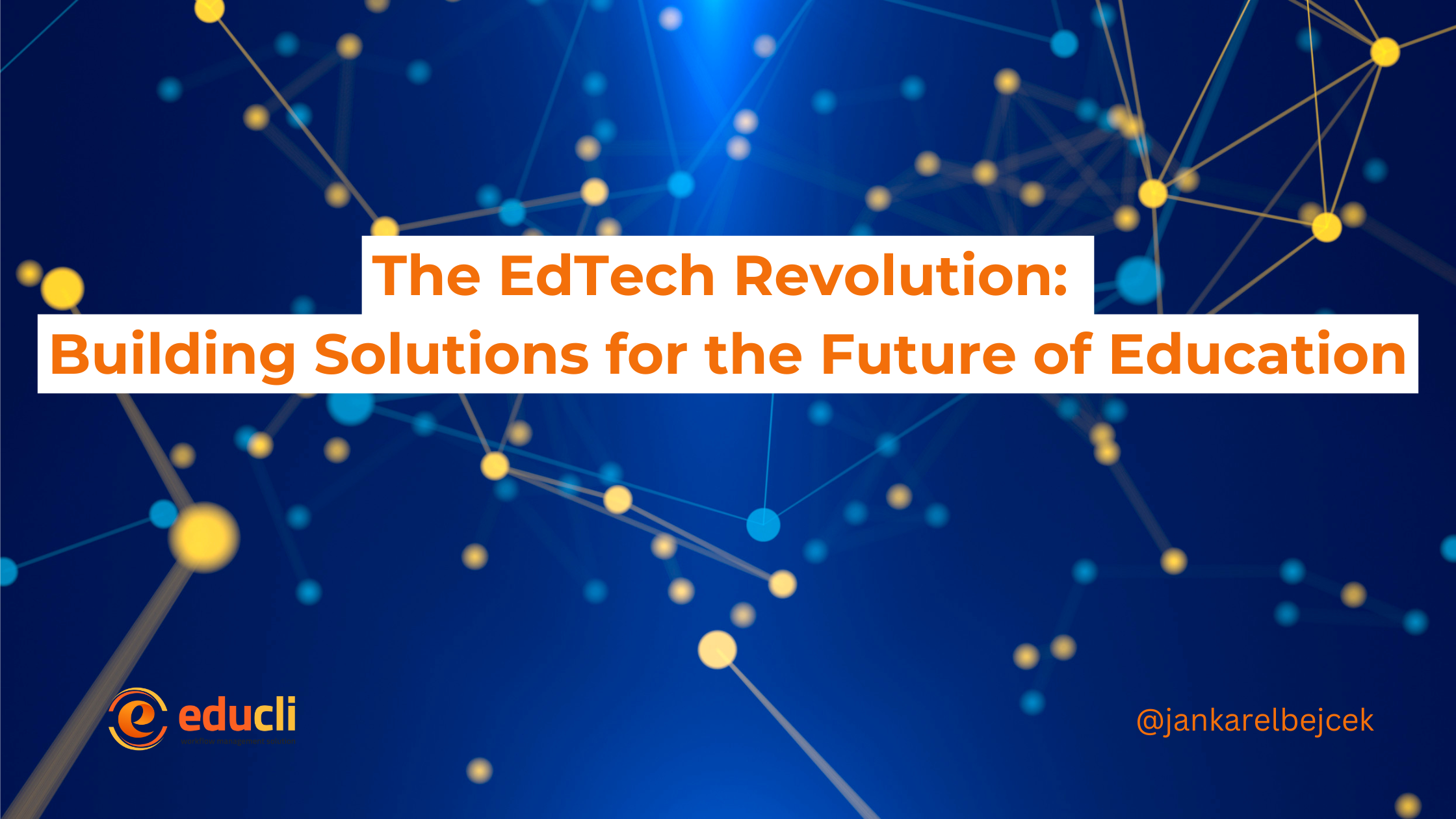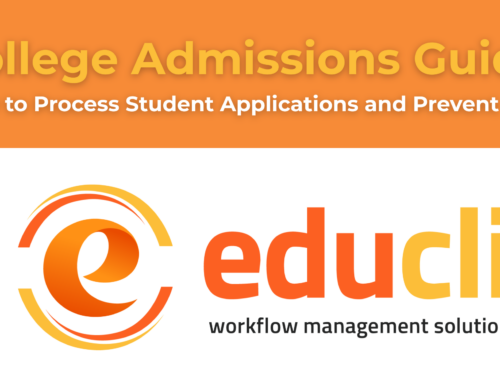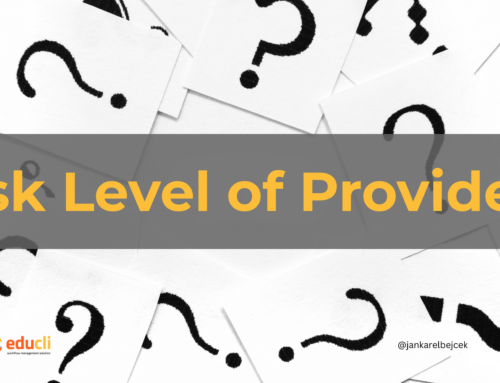Technological advancements and changing learner needs are driving a transformative shift in the education sector. EdTech is no longer just a buzzword—it’s a revolution shaping how knowledge is delivered, consumed, and managed. For entrepreneurs and organisations in this space, creating impactful solutions means not only solving current challenges but also building for the future. Here’s a blueprint for designing and scaling EdTech platforms that solve real-world problems, drawing insights from platforms like Educli, which have successfully bridged gaps in international education.
1. Understanding Real-World Problems
Successful EdTech solutions begin with a deep understanding of the problems they aim to address. Education faces challenges like accessibility, scalability, and personalisation, while educators struggle with administrative overload, compliance issues, and student engagement. Students demand flexible, relevant learning pathways that align with their career goals.
Actionable Steps:
- Conduct surveys, interviews, and focus groups with your target audience (students, educators, and institutions).
- Identify bottlenecks in existing workflows, such as complex compliance requirements or inefficient student management systems.
- Prioritise user pain points—what’s urgent, scalable, and most impactful?
Example: Educli recognised inefficiencies in managing international student applications, compliance, and financial processes. By addressing these pain points with an integrated CRM and AI tools, they streamlined operations for education providers and migration agents.
2. Designing User-Centric Solutions
Designing with the end-user in mind is key to building solutions that are widely adopted. The interface, usability, and functionality of your platform should align with the needs of its users.
Key Considerations:
- Simplicity: Avoid overloading users with unnecessary features. Focus on intuitive design and ease of use.
- Integration: Ensure seamless integration with existing systems, whether it’s an institution’s Learning Management System (LMS) or third-party tools.
- Personalisation: Incorporate adaptive technologies to customise learning experiences or workflows based on user behaviour.
Example: Educli integrates seamlessly with compliance systems and provides tailored dashboards for students, education agents, and providers. Its AI-driven insights offer personalised recommendations, making it a one-stop platform for diverse stakeholders.
3. Leveraging Emerging Technologies
Emerging technologies like AI, machine learning, and blockchain are not just trends—they are tools to enhance functionality and efficiency in EdTech.
Opportunities to Explore:
- AI for Automation: Automate routine tasks like application processing, compliance monitoring, or grading to save time and reduce human error.
- Blockchain for Transparency: Use blockchain to securely manage credentials, ensuring transparency in certifications and academic records.
- AR/VR for Immersive Learning: Offer virtual labs or simulations for practical learning in subjects like STEM or medical training.
Example: Educli’s AI-powered chat integration simplifies communication between students and providers, ensuring timely support and enhancing user satisfaction.
4. Ensuring Scalability
Scalability is critical for an EdTech platform to remain impactful as it grows. This requires robust infrastructure, modular design, and strategic partnerships.
Strategies for Scaling:
- Cloud-Based Solutions: Host platforms on cloud servers to handle increasing user loads without compromising performance.
- Modular Features: Develop modular features that can be rolled out gradually, depending on user needs and market demand.
- Partnerships: Collaborate with institutions, governments, or private organisations to expand your reach.
Example: Educli’s modular design allows it to cater to education providers, agents, and students simultaneously, scaling services as new users onboard.
5. Measuring Impact
Building an EdTech solution isn’t just about technology—it’s about outcomes. Continuously measuring and improving your platform’s impact is essential for long-term success.
Metrics to Track:
- User adoption rates and engagement levels.
- Time and cost savings for users.
- Learning outcomes and student satisfaction.
- Revenue growth and retention rates.
Example: Educli tracks key performance indicators (KPIs) like application processing time and compliance adherence to demonstrate value to its users.
6. Creating a Vision for the Future
The future of EdTech lies in addressing global challenges like equitable access to education, fostering lifelong learning, and preparing learners for a tech-driven world. To build impactful solutions, EdTech creators must stay agile, innovative, and attuned to market trends.
Visionary Steps:
- Embrace hybrid models of learning that combine online and offline experiences.
- Develop solutions for underserved markets, such as low-resource schools or remote learners.
- Invest in research and development to stay ahead of technological advancements.
Conclusion
The EdTech revolution is an opportunity to reshape education for the better. Platforms like Educli demonstrate how innovative solutions can address real-world challenges while scaling to meet diverse needs. By focusing on user-centric design, leveraging emerging technologies, and scaling strategically, you can create an EdTech platform that not only succeeds in today’s market but also builds a legacy for the future of education.
As the landscape evolves, the question for EdTech creators is not just what can we build? but how can we impact lives and empower learners globally? The answer lies in a commitment to solving meaningful problems with innovative and scalable solutions.
#edtech #educli #edtechineducation #stem #edtechrevolution





Leave A Comment